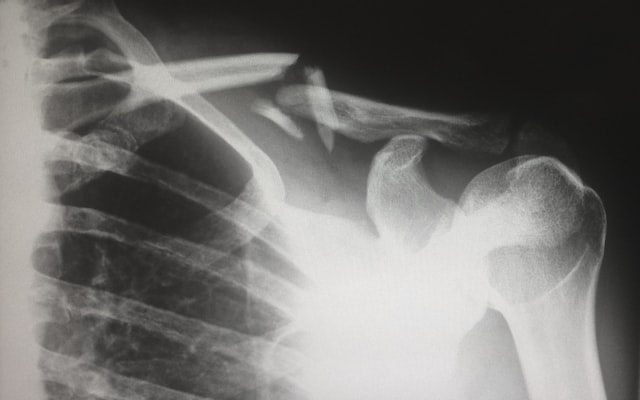The Internet of Things (IoT) has revolutionized the way we live our lives, from smart homes to wearable technology. In recent years, the healthcare industry has also seen a surge in the use of IoT devices, known as Medical IoT or mIoT. These devices have the potential to transform patient care, improve outcomes, and reduce healthcare costs.
Medical IoT refers to connected medical devices that collect and transmit data to healthcare providers. This data can include vital signs, medication adherence, and even sleep patterns. By tracking this information in real time, healthcare providers can monitor patients remotely and intervene when necessary.
Businesses are beginning to recognize the value of medical IoT for their employees as well. By providing wearable devices that track steps or heart rates, employers can incentivize healthy behaviours and reduce healthcare costs for themselves and their employees.
One example of medical IoT in action is remote patient monitoring. Patients with chronic conditions can use connected devices at home to track their symptoms and share data with their doctors. This allows for more personalized treatment plans and reduces the need for frequent trips to the doctor’s office.
Another application of medical IoT is telemedicine. With video conferencing technology and connected medical devices, doctors can consult with patients remotely. This is particularly useful in rural areas where access to specialists may be limited.
However, there are also concerns about privacy and security when it comes to medical IoT devices. As these devices collect sensitive health information, it’s important for businesses and healthcare providers to ensure that they’re using secure networks and encryption methods.
In conclusion, the intersection of medical IoT and businesses has enormous potential for improving patient care while also reducing healthcare costs for both patients and employers. As this technology continues to evolve, it’s important for all stakeholders involved to prioritize privacy and security measures.

